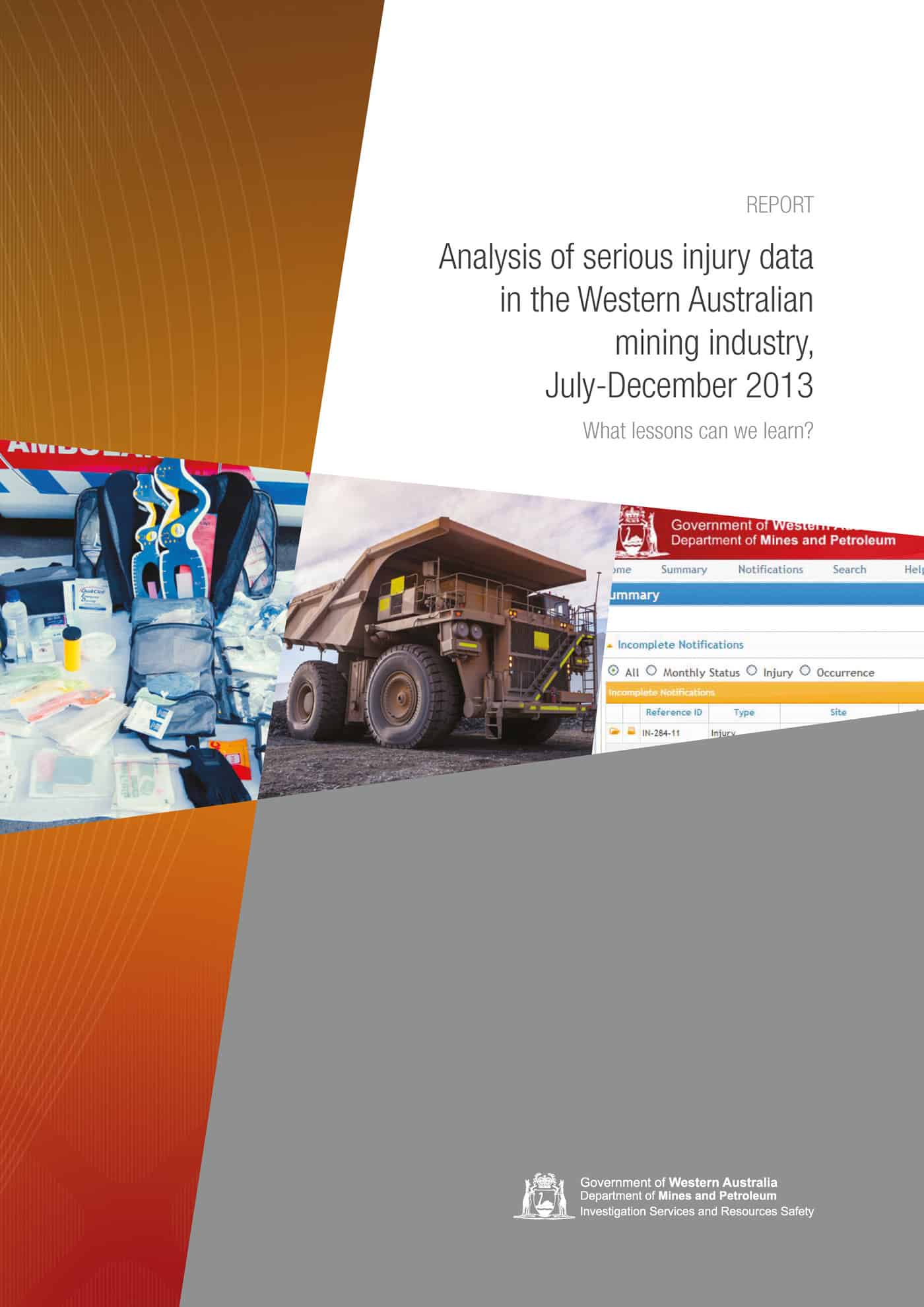 In August 2015, Western Australia’s Department of Mines & Petroleum (DMP) released a statistical analysis that seems to do little more than confirm what is already known. It is important to validate data but the mining sector often promotes itself as leading in occupational health and safety (OHS) but this report seems dull and dated. Continue reading “Old school OHS in mining”
In August 2015, Western Australia’s Department of Mines & Petroleum (DMP) released a statistical analysis that seems to do little more than confirm what is already known. It is important to validate data but the mining sector often promotes itself as leading in occupational health and safety (OHS) but this report seems dull and dated. Continue reading “Old school OHS in mining”
OHS and the politics of fear
Occupational health and safety (OHS) cannot exist outside social, economic and political contexts. Some OHS professionals try to convince themselves that OHS is a special case but to do so ignores the components of change that need to be addressed in order to improve workplace safety. There are parallels between OHS and contemporary political thought.
Unfair expectations on the individual
Harvard Business Review (HBR) is a justifiably respected business publication but it often sells occupational health and safety (OHS) short. A new HBR article, “Stress Is Your Brain Trying to Avoid Something“, is a case in point.
Too much of the contemporary approaches to psychosocial hazards at work focus on the individual without addressing the organisational. This often compounds the struggles of individual workers and encourages managers to blame workers instead of analysing the organisational and cultural factors that lead to a hazard or incident.
5 experts in 60 minutes

The Institute for Safety, Compensation and Recovery Research (ISCRR) has tried a new format for its occupational health and safety (OHS) seminars. It is not a lunch with a single presenter and it is not a Three-Minute Thesis. It is five safety researchers in one hour, seven minutes per person and a single question from the floor – and it worked. Continue reading “5 experts in 60 minutes”
Analysing safety leadership can be distracting
Any blog about occupational health and safety (OHS) will write repeatedly about leadership. Safe Work Australia advocates leadership as beneficial to OHS:
“When leaders make sure all business risks, including work health and safety, are effectively managed, and continually monitor and review all areas of their business’ performance, they will be open to opportunities for innovation, and alert to emerging hazards.”
But leadership requires someone to apply it and often, in the OHS sphere, people wait for others to show leadership rather than seeing their own potential.
National OHS performance indicators needed
Since the release of the 2015 Citi report into the occupational health and safety (OHS) performance of the companies in the ASX200 stick exchange rankings, this blog has received many requests for a copy of the report to assist in the benchmarking of performance. Clearly performance indicators for OHS remain contentious and difficult but this does not need to be the case.
Citi’s recent report stated that key performance indicators (KPIs) should meet three needs:
- “internal monitoring for continuous improvement to reduce incidents;
- benchmarking and sharing lessons within the industry; and
- transparent disclosure to stakeholders.”
Continue reading “National OHS performance indicators needed”
Safety is missing from the political lexicon
At the moment in Australia, a
